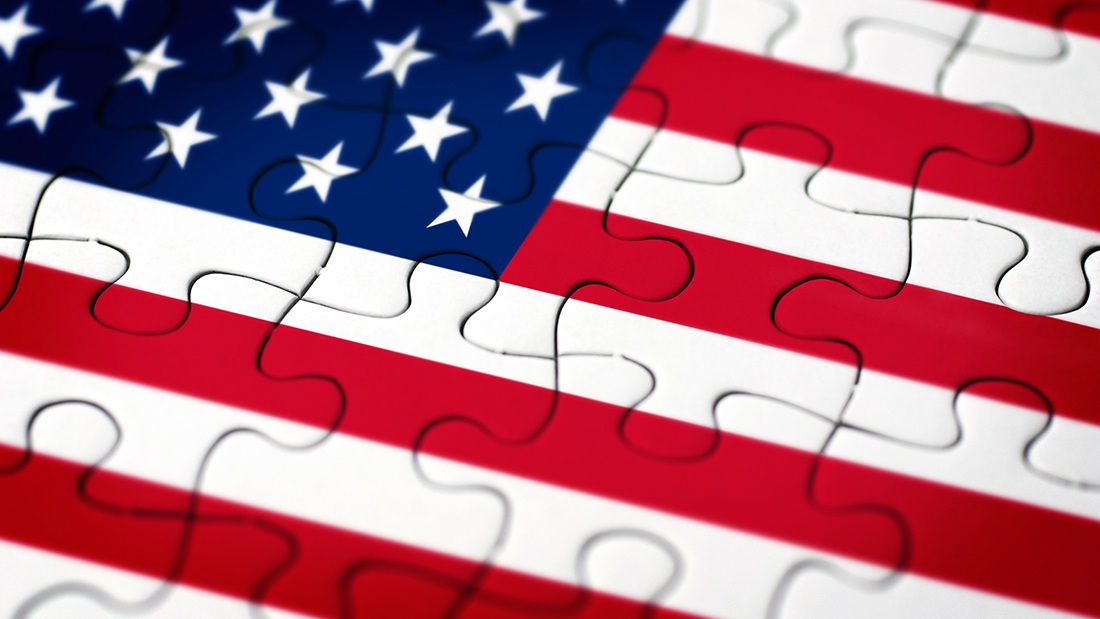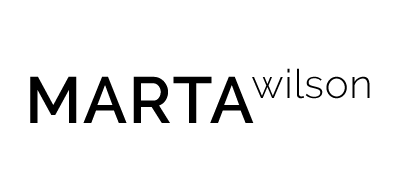
Federal Leaders’ Puzzle: It Can Be Solved
Turbulent waters of uncertainty have threatened our government’s workforce for some time. Now, the problem is exacerbated by federal budget cuts. With everything that’s happening, many government executives realize they can’t afford to go another day without attending to the human potential within their enterprises. Decision makers want and need to know how to energize and lift their people within the constraints of a dire economy and a large organizational system.
Agencies are at risk of losing intellectual capital, and because of this leaders need retention strategies that work. Today’s workforce is motivated by different factors than past generations, and government organizations need to match benefits and work life balance with what people need, expect, and demand in line with current best practices.
Government workers must be engaged and accountable in order to optimize performance. For that to happen, leaders must understand the best ways to enroll and align everyone in the organization.Also, during the economy’s downturn and its subsequent recovery, government leaders must continue to drive change with the best tools and methods for creating sustainable improvement.
So, many admirable leaders are in a quandary.On the one hand, they know there’s a better way. On the other hand, they are distracted from implementing what they know is right as they fight operational fires and struggle to keep things glued together in the face of funding reductions across their agencies.So, what’s holding leaders back and how can they move forward to solve the puzzle?
COMFORT ZONES CAN HOLD LEADERS BACK
At the end of the day, the status quo isn’t going to work.That can be a very tough thing to accept, especially for good leaders.But, the situation in some organizations is extreme.So, great leaders must be prepared to let go of comfort, choosing effectiveness over the status quo. When faced with the chance to step outside their comfort zones, effective leaders exert their will over their habits and choose consciously to react in new ways. Each time leaders confront this choice, they must decide which actions to put in motion. And they must act.
Pushing to be one’s best during turbulent times is a crucial commitment for leaders, and it involves continuous change. Change is uncomfortable, even for leaders. Sometimes, in fact, change is even more painful for leaders. Every day offers new challenges to effectiveness that require leaders to choose whether to improve or to entrench. Every new improvement opportunity presents leaders with the invitation to venture into unknown territory and get outside their comfort zones.
A comfort zone is a belief that develops as people learn to relate to the world around them. A comfort zone can be crucial. For instance, touching a hot stove with a bare hand, a child quickly learns to believe that doing so in the future will result in another painful burn. This particular comfort zone (hot stoves are dangerous) protects children from injury. However, comfort zones can hold leaders back. As evolution tugs leaders into the unknown, their comfort zones tempt them to reach for what they know. If they choose comfort over growth, they may be opting for the greater risk.
For leaders, most comfort zones do not remain as constant as the danger of a hot burner. Circumstances change, and what is comfortable – and safe – changes too. Comfort zones often are constructed from past circumstances. In an effort to cling to safety, leaders often don’t realize they are becoming less safe by not changing. Thus, comfort zones, if left unquestioned, can limit leaders and can even harm them and their organizations.
Instead, effective leaders try new methods that take them beyond comfort.This requires experimentation.Challenging oneself to experiment with new strategies is the best way to inspire others, and inspiration is what government employees need now more than ever.It’s their potential that leaders must access, expand, unite, and guide in order to achieve sustainable mission success.However, leaders have many questions, and they need answers.
HUMAN CAPITAL STRATEGIES CAN HELP
Human capital risks include lack of knowledge and leadership depth across the organization. Protracted and unclear development paths for staff are another risk. Poor alignment of talent to priorities and strategy is another. The greatest risk is when nobody is talking to each other about what is possible.
It all comes down to the human element, and attending to the human element requires a strategy.A good human capital strategy blends appraisal, research, and analysis to assess the circumstances of the organization’s current workforce. It produces solutions for workforce alignment that support succession, on-boarding, and talent development.
There are fundamentals at work in human capital strategies, and tried and true options exist for government. Measurable effects of attending to the human element include staff satisfaction, engagement, and retention. Approaches include individual coaching, executive workshops, training seminars, and advancement plans. People enjoy as well as benefit from this kind of development.
If leaders want results, they need the best talent management skills possible. No matter how much leaders acknowledge the human element or how they choose to incorporate the process into their enterprises, human capital strategy is doomed to be just one more plan, indeed just one more empty ritual, unless it plays out in a vibrant cultural dialogue that motivates, inspires, and magnifies greatness in all of the organization’s people.
Effective leaders achieve stability and minimize risk by developing current talent, ensuring succession during attrition, and retaining their superstars. This is true in periods of transition and growth. It is also true in periods of economic strain. The best scenario is government leaders solve the puzzle. The worst scenario is the current talent mix proves unable to support the long term objectives of government organizations.In the end, great leaders will get outside their comfort zones to solve the puzzle by driving conversations, behaviors, and best practices that magnify individual, team, and enterprise performance.


